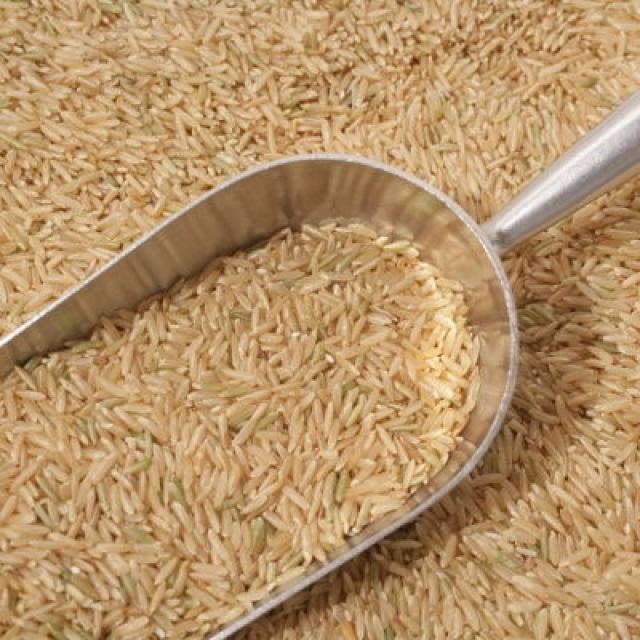
Complete each sentence choosing the correct option
Brown rice is whole rice from which only the husk (the outermost layer) is removed. To produce white rice, the next layers underneath the husk (the bran layer and the germ) are removed leaving mostly the starchy endosperm.
Several vitamins and dietary minerals are lost in this removal and the subsequent polishing process. Among these are oil in the bran, which is removed along with the bran layer, dietary fiber, small amounts of fatty acids, and magnesium. A part of these missing nutrients, such as vitamins B1 and B3, and iron, are sometimes added back into the white rice. In the US the result is called "enriched rice" and must comply with Food and Drug Administration (FDA) regulations for this name to be used. One mineral not added back into white rice is magnesium; one cup (195 g) of cooked long grain brown rice contains 84 mg of magnesium, while one cup of white rice contains 19 mg.
Practice your writing skills by discussing the questions below
- How does brown rice differ from white rice?
- Which type of rice do you prefer? Why?
- How often do you eat rice? Why?


 Download Google Chrome
Download Google Chrome Download Mozilla Firefox
Download Mozilla Firefox Download Opera
Download Opera